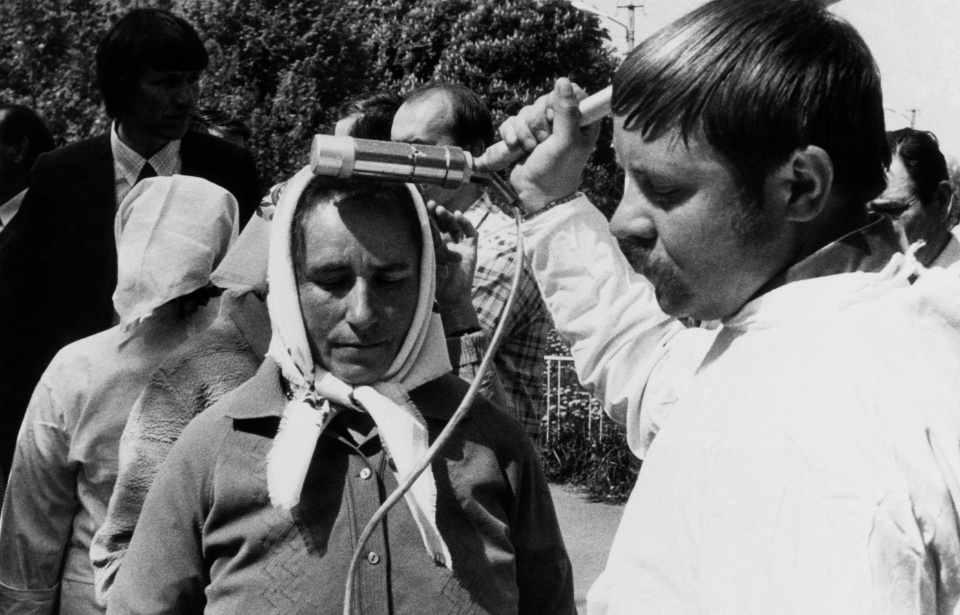The Chernobyl disaster saw the explosion of reactor No. 4 at the nuclear power plant. It has been estimated that about four hundred times more radioactive material was released from Chernobyl than by the atomic bombings of Hiroshima and Nagasaki combined. Such a disaster has not gone without consequence, and several people died as a result. However, because of the unique way in which they died, their bodies had to be handled in a very specific way.
The unforgettable tragedy of Chernobyl
The Chernobyl disaster, which occurred in April 1986, has become a symbol of the risks inherent in nuclear power generation and remains one of the worst man-made disasters in history. This catastrophic event not only highlighted the immediate dangers of nuclear accidents but also underscored the long-term environmental and health impacts. The explosion at the Chernobyl nuclear power plant led to the immediate death of workers and firefighters, widespread environmental contamination, and a profound long-term effect on the health and livelihoods of thousands of people living in the vicinity.
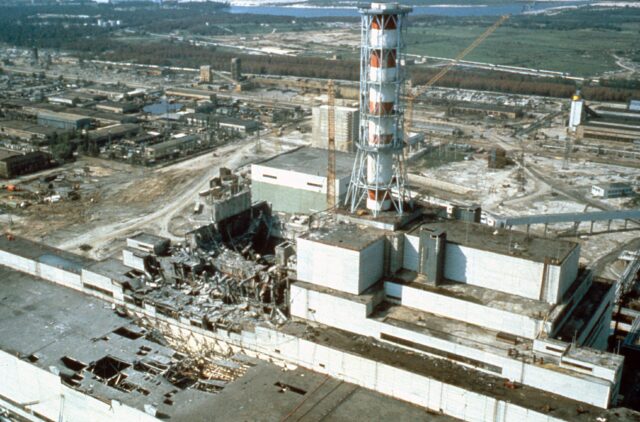
The disaster’s aftermath is a testament to human bravery, tragedy, and enduring environmental damage. The Chernobyl victims, including the brave first responders, local residents, and later, those who participated in the cleanup efforts, faced unimaginable risks but still helped all the same.
The Chernobyl victims who suffered almost immediately
The Chernobyl disaster’s immediate victims were the nuclear plant’s workers and the emergency responders who bravely faced the catastrophic aftermath. Among these was engineer Valery Khodemchuk, who tragically lost his life within moments of the explosion, his remains never recovered. In the hours that followed, firefighters, including Lt. Volodymyr Pravyk and his team, arrived to tackle the blaze, not fully aware of the invisible, lethal radiation they were being exposed to. Their sacrifice was immense, with these firefighters losing their lives to acute radiation sickness shortly after providing aid to the disaster.
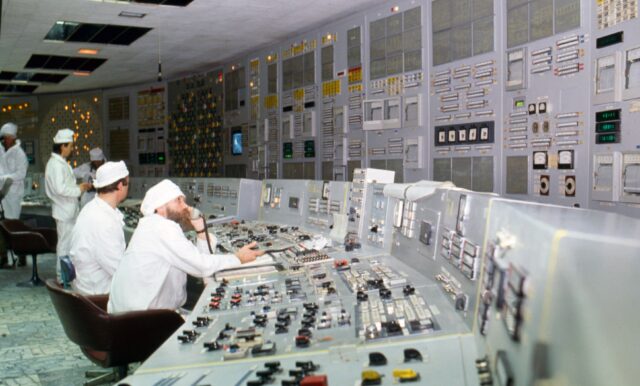
These early victims of the Chernobyl disaster showcased extraordinary courage and dedication. Their efforts to contain the disaster and mitigate its effects, often with limited understanding of the risks they were taking, highlight the human capacity for selflessness in the face of unimaginable danger.
They had to be buried in a unique way
The Chernobyl victims faced a fate that necessitated extraordinary measures, even after death. The high levels of radiation their bodies had absorbed meant that traditional burial methods were not feasible. Instead, these victims, including the plant workers and firefighters, were interred in specially designed lead coffins. These coffins were then encased in concrete to prevent any potential leakage of radiation into the environment, a stark reminder of the disaster’s severity.
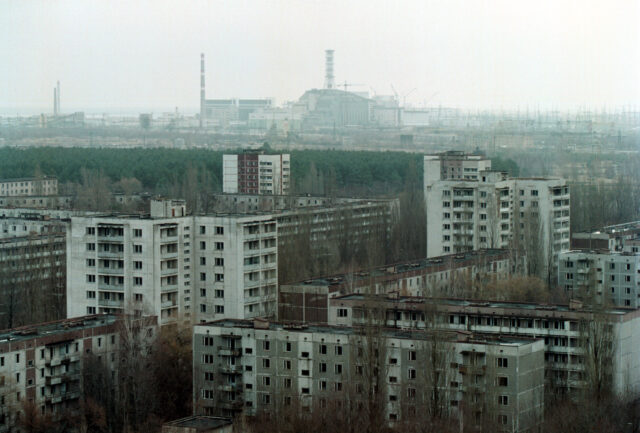
This unique burial process was not only a necessary measure but also reflected the lengths to which authorities had to go to ensure the safety of the public and the environment. Since the disaster, the victims’ burial sites have become places of reflection and remembrance for the sacrifices they made.
The Mitinskoye Cemetery is a memorial to the heroes
Mitinskoye Cemetery in Northwestern Moscow serves as the final resting place for many of Chernobyl’s first responders. This cemetery, which also holds the graves of numerous notable Soviet and Russian figures, includes memorials dedicated to the firefighters who lost their lives in the immediate aftermath of the disaster. A striking statue, symbolizing the bravery and sacrifice of these individuals, stands as a focal point of the memorial, its figure poised before an image of a mushroom cloud.
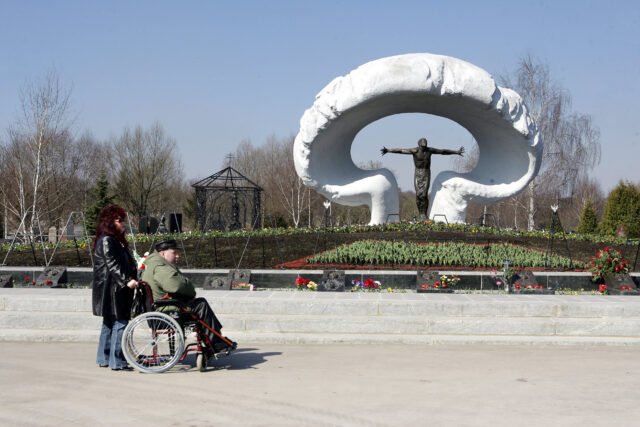
The lingering effects of the tragedy
The long-term health effects of the Chernobyl disaster have been profound and far-reaching. Thousands of people, particularly those who were children at the time of the disaster, have faced an increased risk of developing serious health conditions such as thyroid cancer, leukemia, and cardiovascular diseases. The “liquidators,” the term given to the workers involved in the cleanup efforts, have also experienced significant health issues, including acute radiation sickness and long-term effects that have impacted their quality of life.
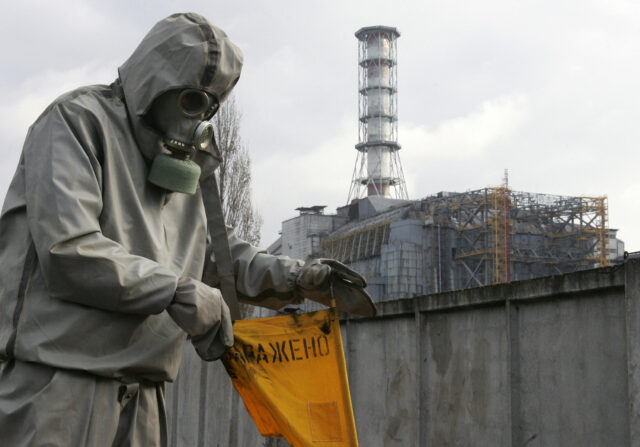
Research and medical monitoring continue to reveal the extent of these health issues, highlighting the need for ongoing support and recognition of the victims’ suffering. The increased incidence of certain cancers and other diseases among those exposed to the fallout proves the disaster’s lasting consequences on human health. The unseen victims of Chernobyl, those who suffer from long-term health effects or who have lost loved ones to radiation-related illnesses, remind us of the disaster’s continuing legacy.
More from us: Fungus Found Growing at Chernobyl that Actually EATS Radiation
The Chernobyl disaster remains a powerful reminder of the risks associated with nuclear energy and the potential for human and environmental tragedy when things go wrong. The victims of Chernobyl, from those who responded in the disaster’s immediate aftermath to those still suffering from its long-term health effects, embody the profound and lasting impact of the event.
